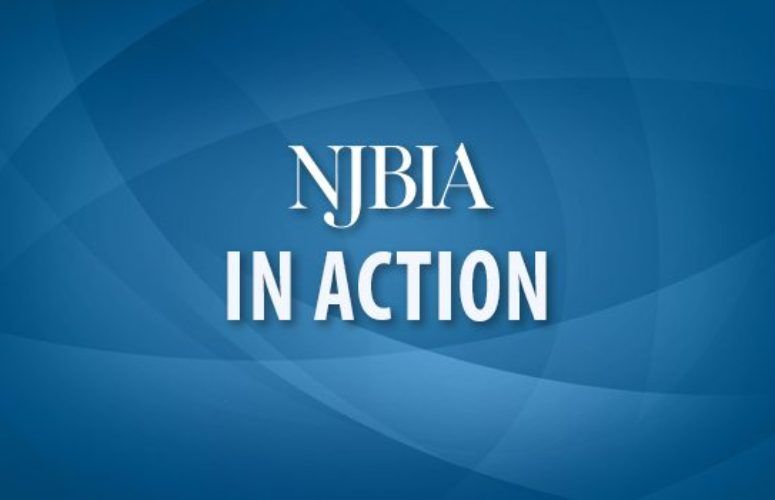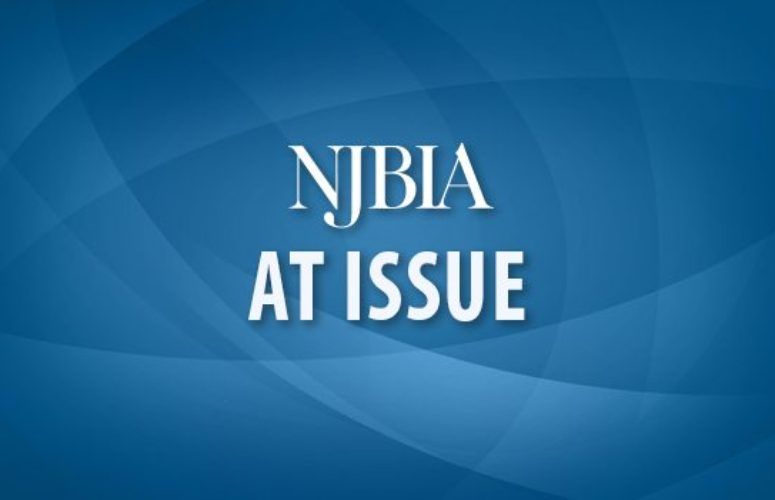
Upgrading an Outdated System
In Action on Drinking Water
By Sara Bluhm , NJBIA Vice President, Environment & Energy On Dec 27, 2017
The cost of bringing New Jersey’s drinking water infrastructure into a state of good repair is expensive – $7.9 billion over the next 20 years. Like residents, businesses need a reliable water supply, but with New Jersey’s already high cost of doing business, they cannot afford a big rate increase. NJBIA is seeking ways to balance the need for infrastructure improvements with costs imposed on ratepayers.
An outdated system. New Jersey’s water supply systems were first constructed back in 1890 in response to the rapid growth of cities, and again in the 1950s through 1970s, when the suburban population boomed. Many of these systems have not received the capital investment needed to maintain them. Privately owned utilities invest millions of dollars each year, but public systems, as a whole, have not had the same asset management.
Water Quality Accountability Act. The law requires all water utilities to implement an asset management plan designed to inspect, repair and renew its infrastructure according to American Water Works Association standards. The act is aimed at promoting asset management, a process that continually evaluates infrastructure needs and ways to address shortcomings. The law was enacted last July, so the NJ Department of Environmental Protection (DEP) is now working with water purveyors to implement it.
Environmental Infrastructure Trust. The NJ Environmental Infrastructure Trust is an independent state financing authority and the main source of long-term funding for some of the state’s most complicated projects. It has distributed $6.3 billion in low-interest, long-term loans over the past three decades to upgrade and strengthen the state’s water and wastewater infrastructure. In 2017 alone, the trust approved $450 million.
A long-term plan. The DEP created a five-year plan to allow for continuous technical and policy updates to guide the management of the state’s water resources for the foreseeable future. The Department designed the plan to allow for continuous technical and policy updates.
Addressing these barriers will require balancing the need for investment with affordability. Just as policymakers worked their way through comprehensive tax reforms that are leading to investment in our transportation infrastructure, so too can we strike the right balance for water infrastructure.
Related Articles:






